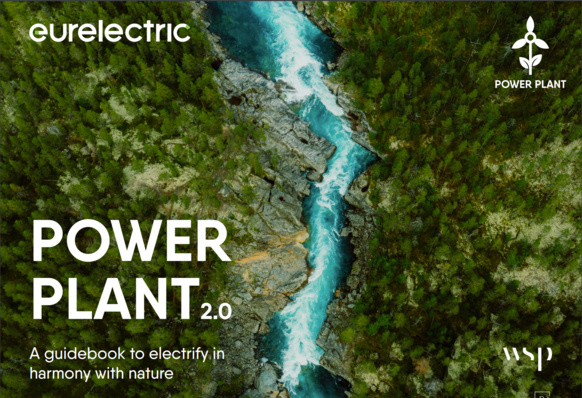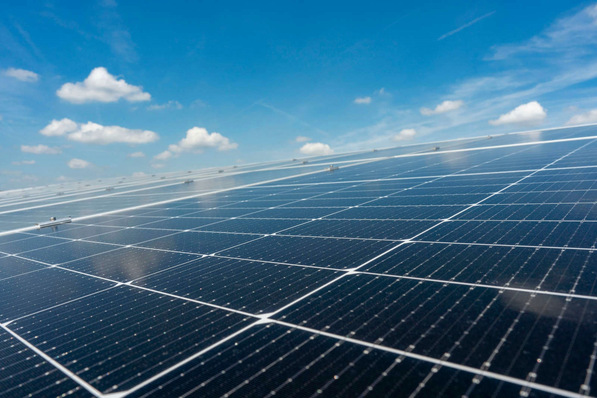Integrating renewable energy grids has been problematic, so what has changed, and what progress is being made? Niklas Persson says: “What has changed, and it has come quite quickly, in the last year is that we have gone from a traditional utility business with a very clear model of how to buy and how to supply into a more dynamic area.
Challenge of integrating renewables
“At the same time that technology has advanced several steps, so we are now prepared to take on the challenge and integrate renewables. In HVDC [high-voltage direct current] we have now systems that can transmit power up to 12 gigawatts. I think that that’s a huge stepping stone.
“If you take this smarter technology and pair it with greener technology, it creates a system which has a lower CO2 impact. You can control the whole power flow, as well as ancillary services such as voltage and frequency. Using that technology as an enabler for renewable integration is just fantastic.
The right framework needed
“The challenges are more around the regulatory framework in some instances. The EU has done quite a good job in in terms of putting policies and financing in place and, and driving an agenda that is helping the progress quite a lot. But there also needs to be a regulatory framework around how, for example, we use wind power for more than one country. It’s a big area to start to regulate and have legislation around.
Educate the people
“The technology for renewable energy is here and we are ready to support it. We just need to make sure that we are working on the critical bottlenecks, which are the regulatory frameworks. We [also] need support from the public to make sure we can integrate renewable energy, and that needs a lot of actions early on in schools and universities.
“The technology is there, we’re ready to support from a supply perspective, we just need policy-makers to put the regulatory framework in place and educate the people.” (HCN)







